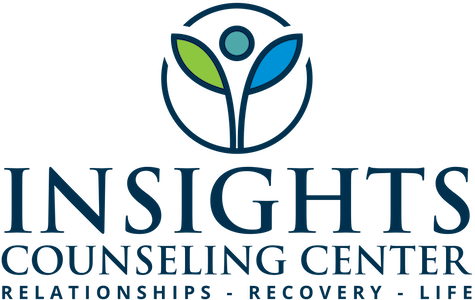Navigating the Continuum of Trust
In our journey through life, trust plays a pivotal role in our relationships. However, trust is not a one-dimensional concept; it exists on a continuum. At one end, there is blind trust, where we put our faith without question. At the other end, there is suspicious trust, where skepticism prevents us from fully opening up. And in the middle, we find wise trust, a delicate balance between caution and vulnerability. Let's explore these different forms of trust and understand how we can navigate the continuum to build healthier, more fulfilling connections.
Blind Trust: The Deceptive Comfort
Blind trust can be comforting, like stepping into a warm embrace. It allows us to believe in others without a second thought. However, it's important to recognize that blind trust can leave us vulnerable to exploitation and betrayal. While it may feel safe at first, blindly placing our trust can lead to heartache in the long run. It's crucial to cultivate discernment and be aware of any red flags that may arise.
Suspicious Trust: The Protective Barrier
In response to experiencing betrayal or hurt, we may develop suspicious trust. This form of trust is accompanied by skepticism and doubt. While it serves as a protective measure, allowing us to shield ourselves from potential harm, it can also hinder the formation of deep and meaningful connections. It's essential to strike a balance between cautiousness and an openness to vulnerability, fostering relationships built on empathy, understanding, and growth.
Wise Trust: Finding the Middle Ground
Wise trust is the delicate equilibrium between blind trust and suspicious trust. It involves careful observation, listening to our instincts, and evaluating the actions and consistency of others. Wise trust acknowledges the possibility of vulnerability while maintaining healthy boundaries. It allows us to build strong and resilient relationships. Trusting wisely means being aware of our own needs, setting boundaries, and communicating openly with others. It involves a deep understanding that trust evolves with time and experience.
Reflecting on Your Trust Level
Take a moment to reflect on the level of trust that currently exists in your relationships. Are you in a state of blind trust, suspicious trust, or wise trust? Consider the dynamics and patterns within your connections, and ask yourself if your level of trust aligns with your values and needs. Remember, trust is not set in stone; it can be adjusted as circumstances change.
Navigating the Continuum of Trust: Building Wise Trust
To progress from blind or suspicious trust towards the balanced realm of wise trust, there are a few key practices to consider. Firstly, embracing self-trust is vital. Learning to trust our own instincts and intuition allows us to make more informed decisions about whom to trust. Secondly, developing effective communication skills promotes authentic connections where trust can flourish. Lastly, it's crucial to establish healthy boundaries to protect ourselves while still allowing for vulnerability within relationships. Through these practices, we can gradually move along the continuum, cultivating trust that is rooted in wisdom and emotional well-being.
Introspection, Growth, & Learning
Navigating the continuum of trust is an ongoing journey of introspection, growth, and learning. By understanding the nuances of blind, suspicious, and wise trust, we gain valuable insights into our relationships and ourselves. Remember, it's okay to course-correct and adjust our levels of trust as we evolve. Trusting wisely fosters healthier connections and empowers us to build a life founded on authenticity, resilience, and love.
At Insights Counseling Center, our dedicated and specialty-certified therapists are here to support you on your journey toward healing and trust. Contact us today to schedule a session for couples therapy to restore your relationships and recover your life.

